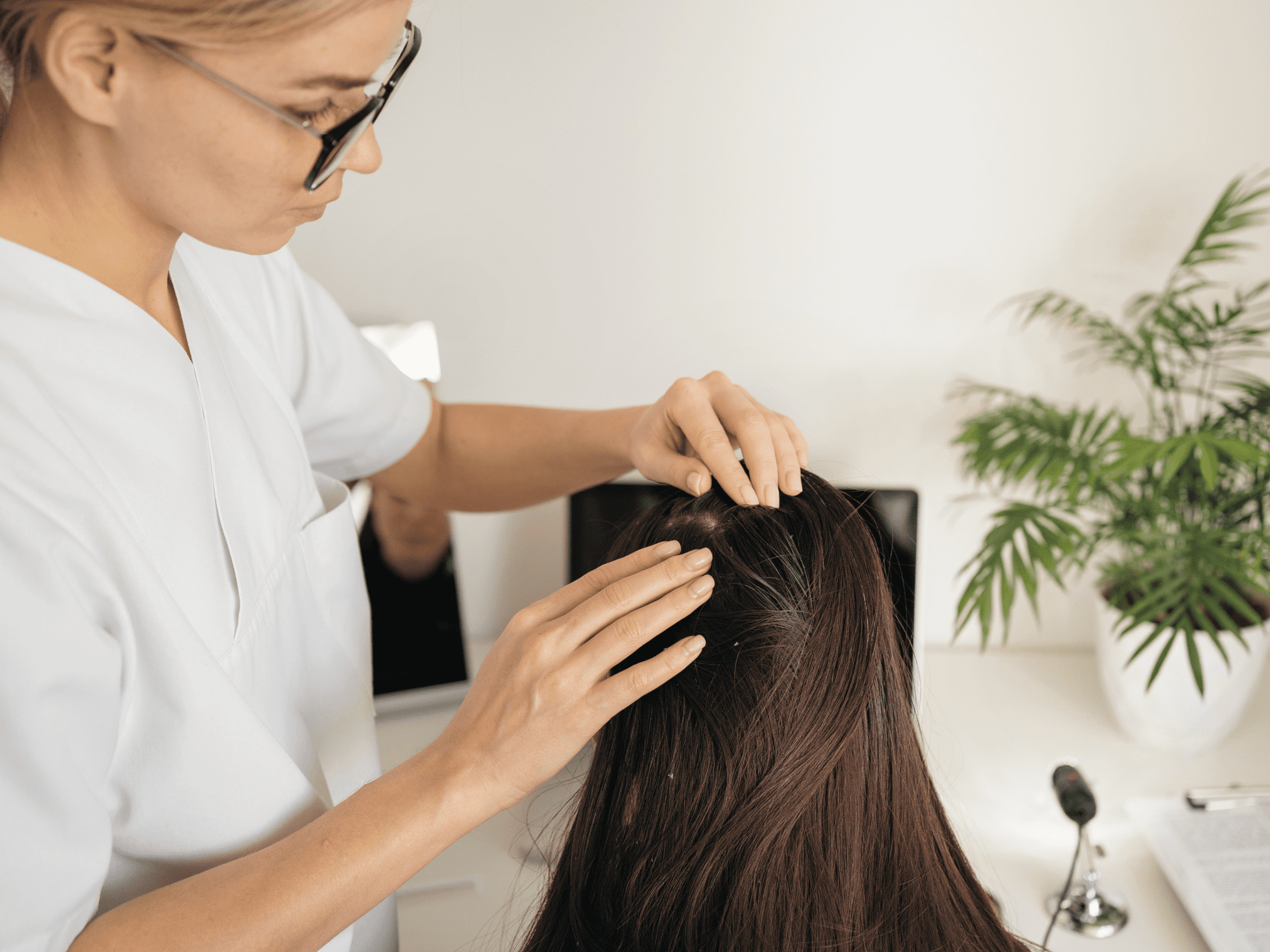
Understanding Lupus and Its Impact on Hair
Hair Medical Restoration
Systemic Lupus Erythematosus (SLE), commonly known as lupus, is a chronic autoimmune disease that can affect various organs and systems within the body. One of the notable manifestations of lupus is its impact on the integumentary system, often resulting in hair loss. This text explores the relationship between lupus and hair loss, shedding light on the underlying mechanisms and potential management strategies.
Lupus is characterized by an overactive immune system that mistakenly attacks healthy tissues. In the case of hair loss, this immune response can target hair follicles, leading to a condition known as lupus hair loss or lupus alopecia.
Types of Lupus-Associated Hair Loss:
- Discoid Lupus Erythematosus (DLE): Typically localized to the skin, DLE can cause scarring and non-scarring alopecia, often manifesting as coin-shaped lesions with central hair loss.
- Systemic Lupus Erythematosus (SLE): Hair loss in SLE can be diffuse or patchy, and it is often associated with disease flares.
Mechanisms of Lupus-Related Hair Loss:
- Inflammation: The inflammatory response triggered by lupus can lead to damage and scarring of hair follicles, resulting in irreversible hair loss.
- Autoantibodies: Autoantibodies produced in lupus may attack hair follicles, leading to a disruption in the normal hair growth cycle.
- Medication-Induced Hair Loss: Certain medications prescribed for lupus, such as corticosteroids, may contribute to non-scarring hair loss.
Recognizing Lupus Hair Loss
Diagnosing lupus-related hair loss involves a combination of clinical evaluation, laboratory tests, and sometimes skin biopsies. Dermatologists and rheumatologists play crucial roles in confirming lupus as the underlying cause.
Clinical Presentation:
- Malar Rash: Some individuals with lupus may develop a malar rash, a distinctive butterfly-shaped rash that spans the cheeks and bridge of the nose. While this rash primarily affects the skin, its presence can be indicative of systemic lupus activity, which may also impact the hair.
- Photosensitivity: Photosensitivity, or an increased sensitivity to sunlight, is common in lupus. Exposure to UV rays can exacerbate skin and scalp issues, potentially contributing to hair loss.
Managing Lupus-Induced Hair Loss
- Disease Management: Controlling lupus through medication and lifestyle modifications can help mitigate hair loss associated with active disease.
- Topical Treatments: Corticosteroid creams or ointments may be prescribed to reduce inflammation and promote hair regrowth.
- Immunomodulatory Therapies: Medications that modulate the immune system may be effective in managing lupus-related hair loss.
- Hair Care Practices: Gentle hair care practices, avoiding tight hairstyles, and protecting the scalp from excessive sun exposure are crucial in managing lupus-related hair loss.
- Disease-Modifying Antirheumatic Drugs (DMARDs):Medications such as hydroxychloroquine and methotrexate are commonly prescribed to manage the systemic aspects of lupus, potentially alleviating skin and hair-related symptoms.
- Lifestyle Modifications: Stress management, a healthy diet, and sun protection are crucial in managing lupus symptoms, including hair loss.
Emotional Impact and Coping Strategies:
Experiencing hair loss due to lupus can have profound emotional effects. It is essential for individuals to seek emotional support from healthcare professionals, support groups, and loved ones. Understanding that lupus is a systemic condition and not a reflection of personal hygiene or self-care is crucial in coping with these challenges.
Lupus-induced hair loss represents a facet of the complex interplay between autoimmune disorders and the integumentary system. By comprehending the mechanisms, recognizing the signs, and employing a multidisciplinary approach to management, individuals with lupus can navigate the challenges of hair loss while focusing on overall disease control and maintaining a positive quality of life.



